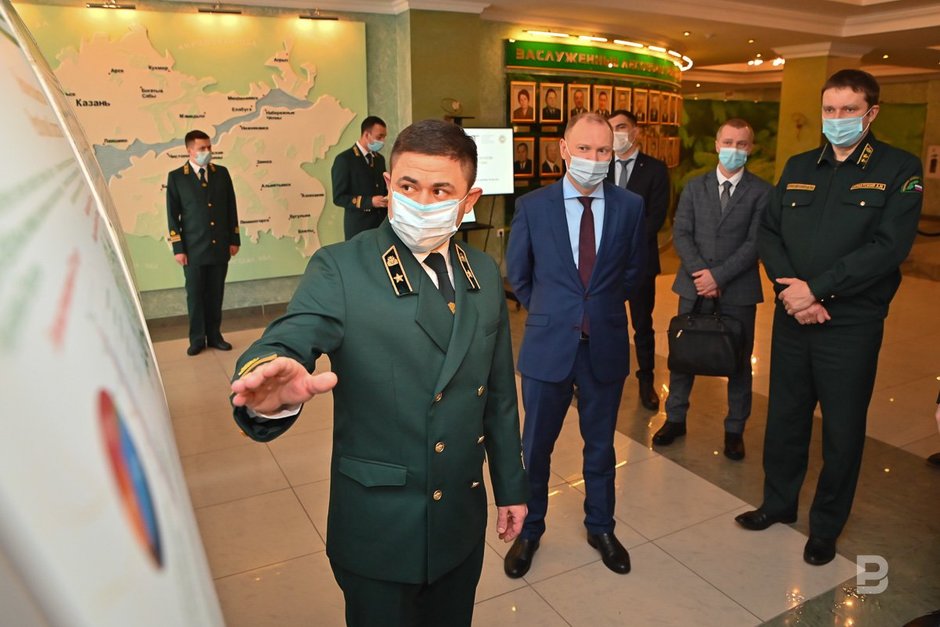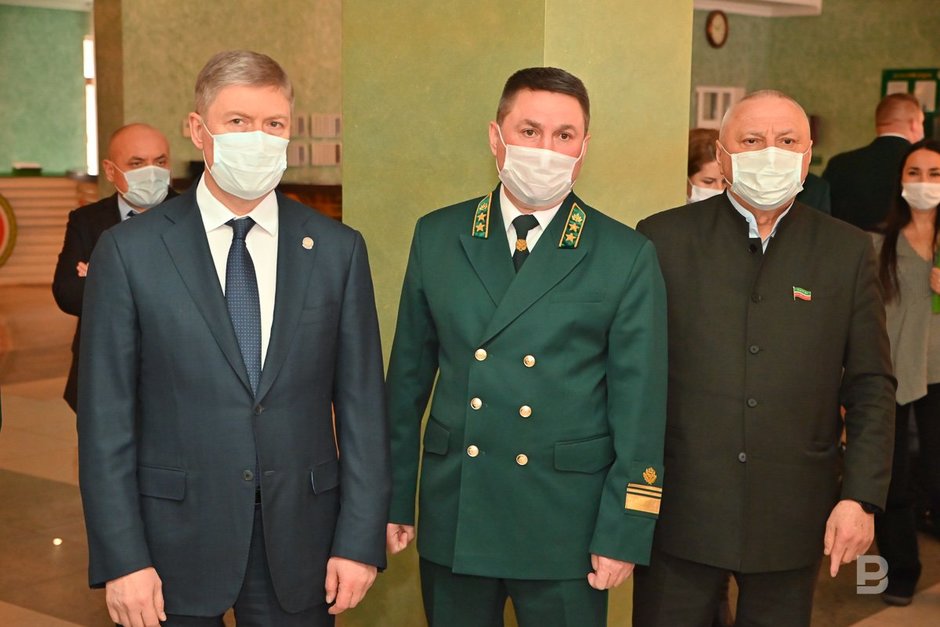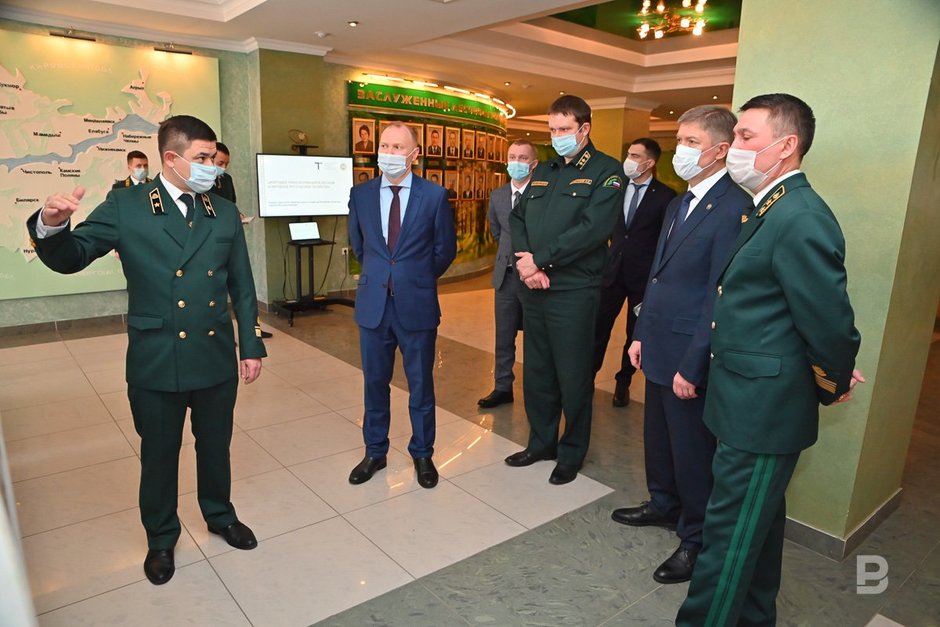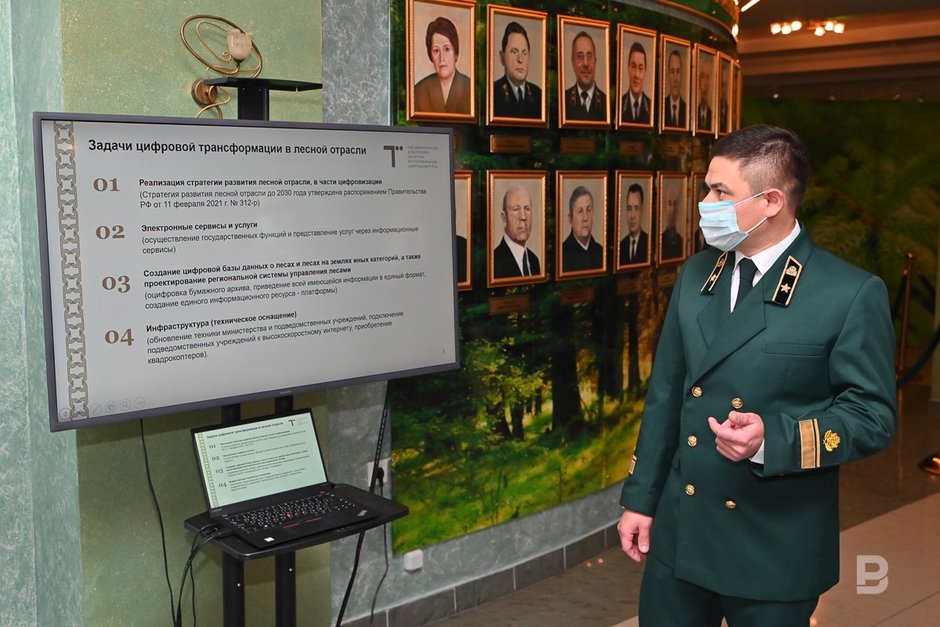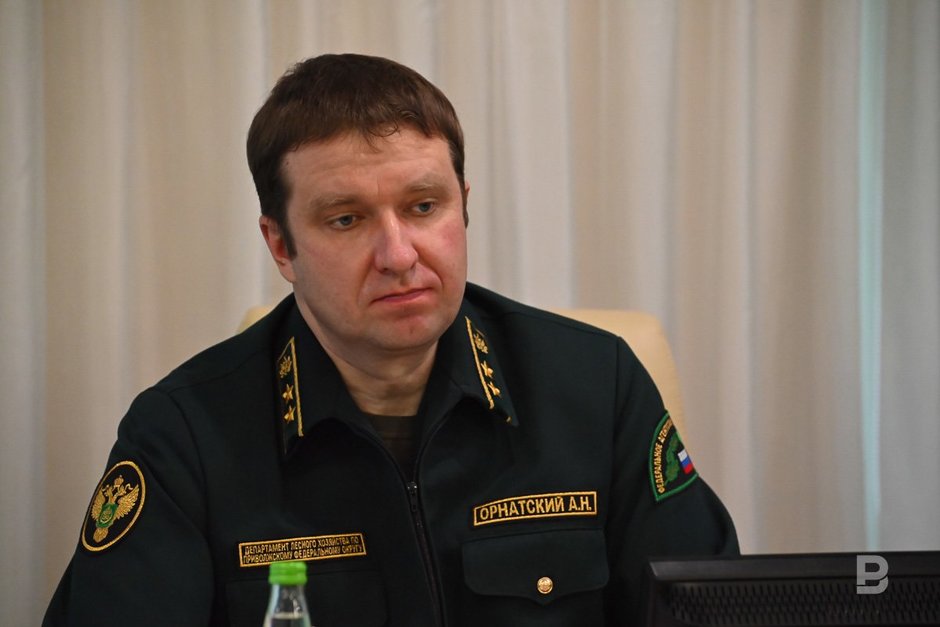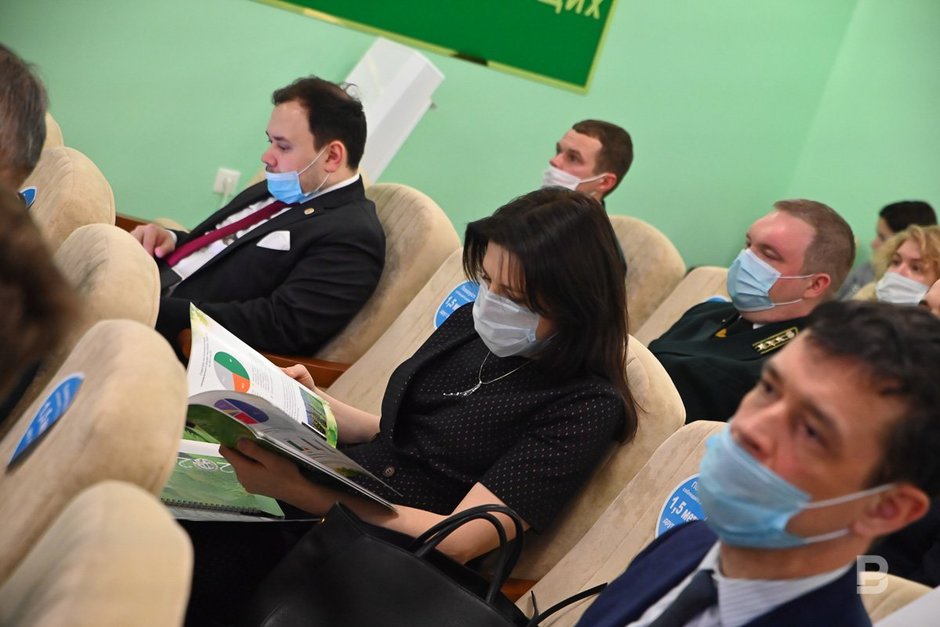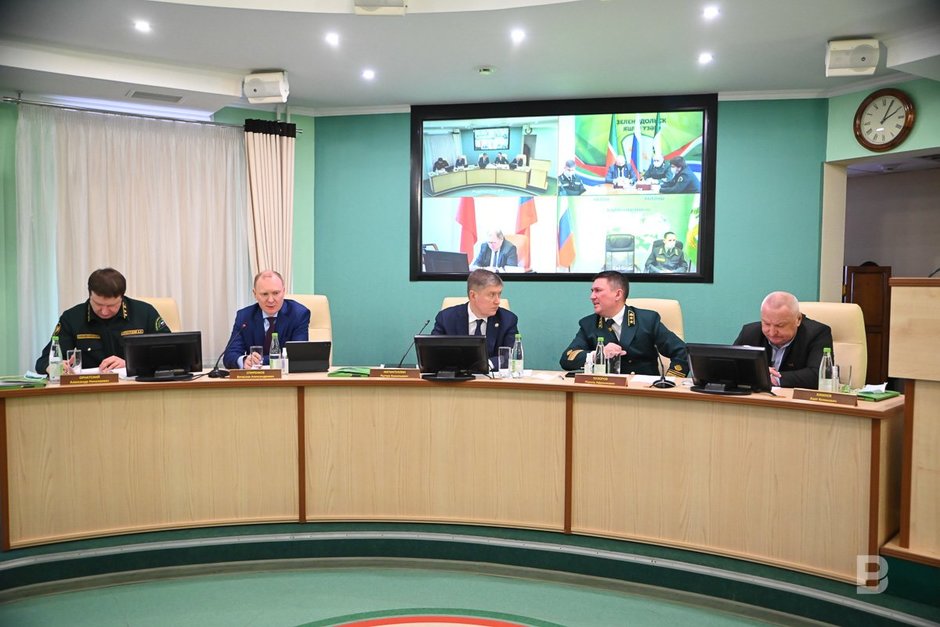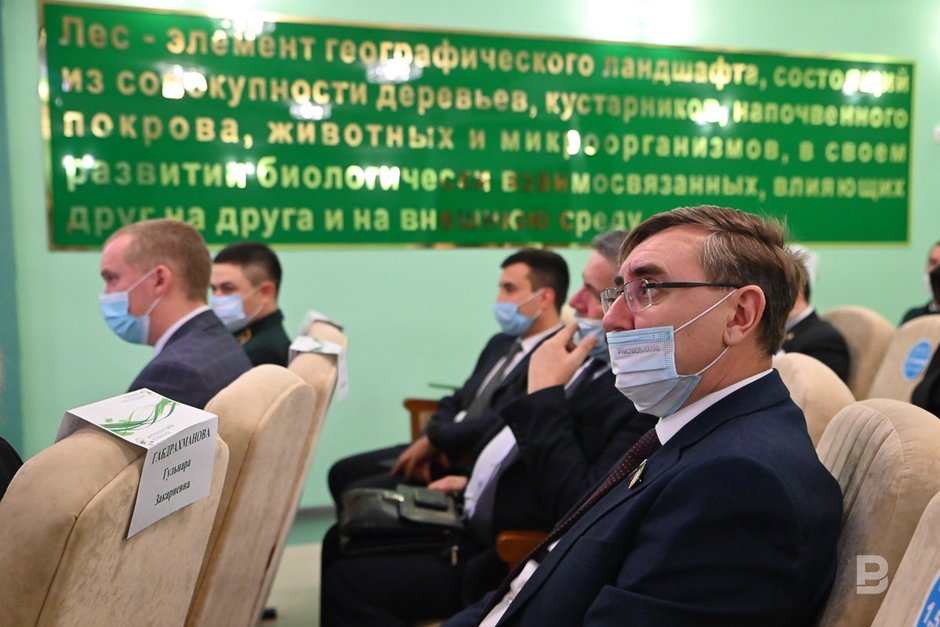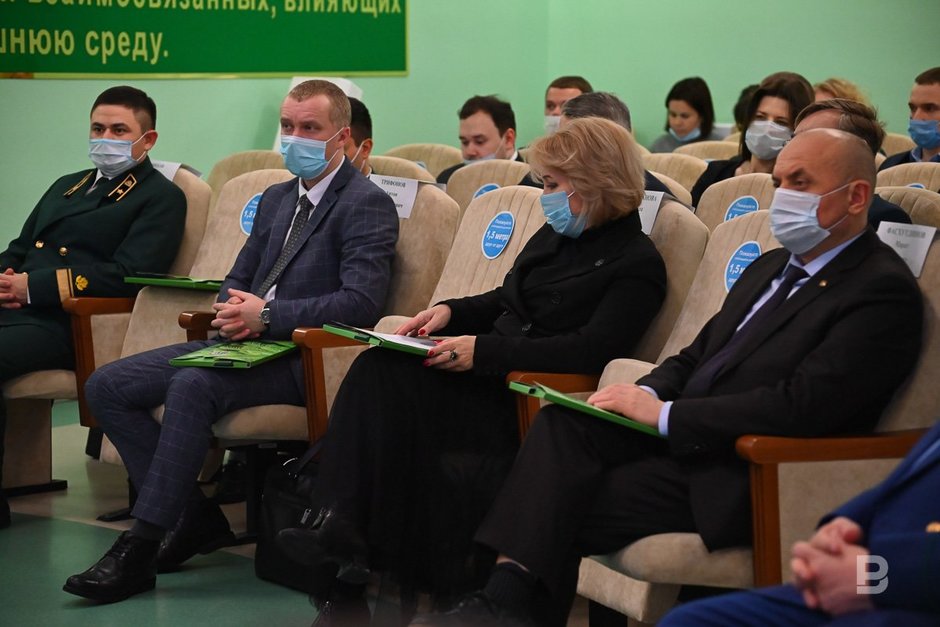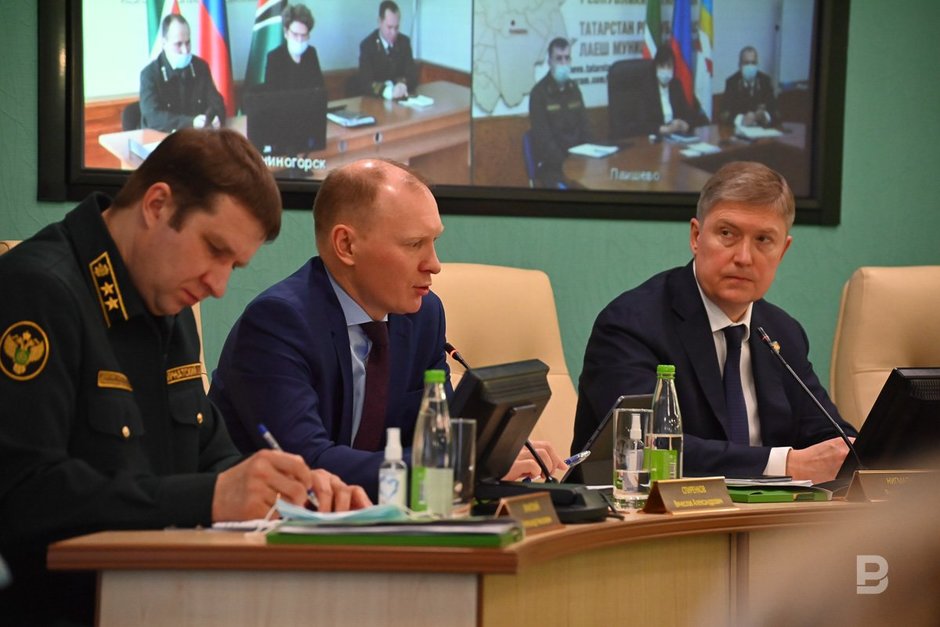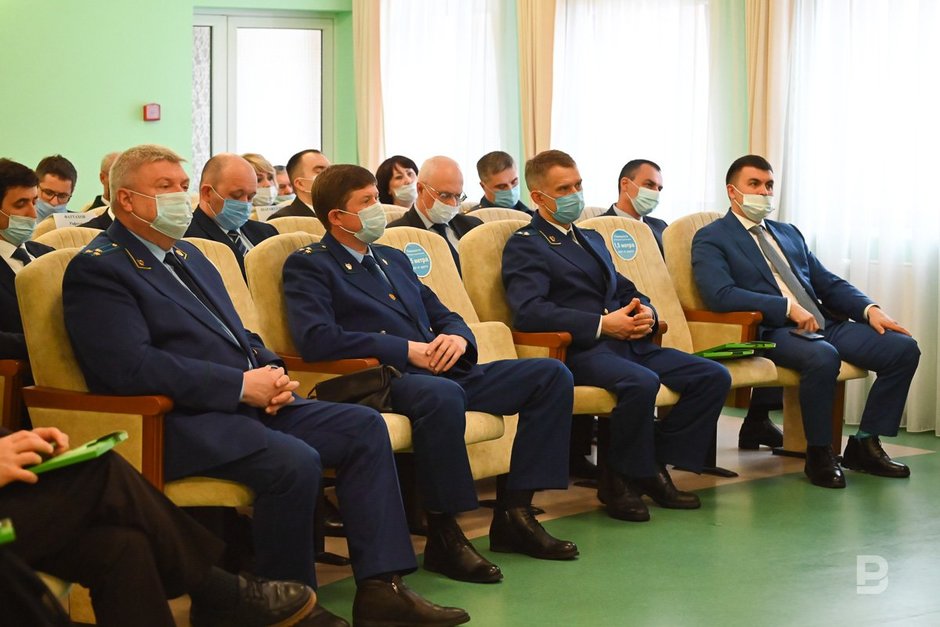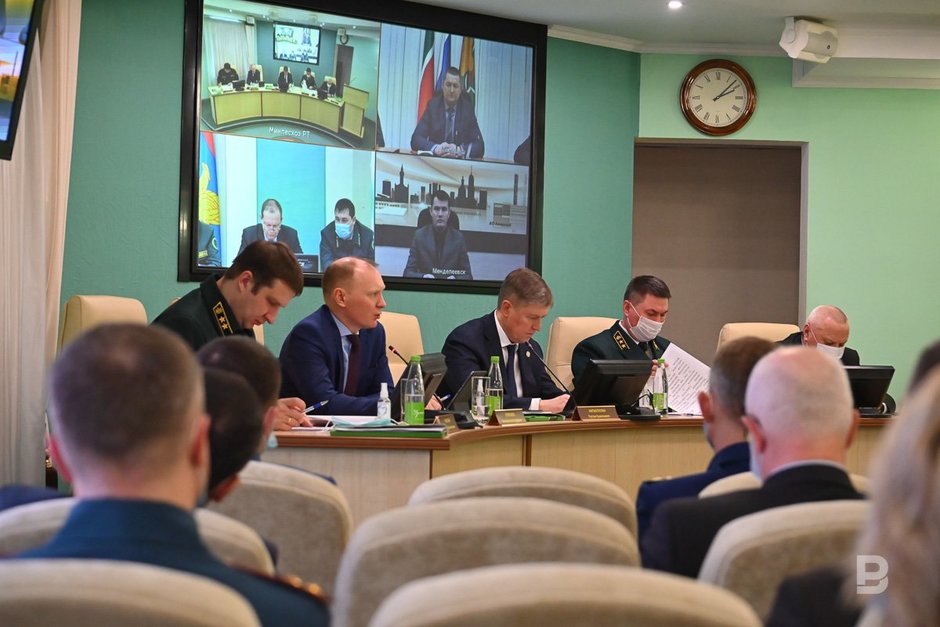Stop forest fires: Volga regions purchase equipment worth 1.5bn rubles
The Volga District has been seriously affected by wildfires: 35 thousand hectares of forest have burned down
The damage from forest fires in the Volga district amounted to 1 billion rubles, which is commensurate with the losses from illegal logging, said the head of the Forestry Department for the Volga Federal District, Alexander Ornatsky, at the expanded board meeting of the Ministry of Forestry of the Republic of Tatarstan. After the dry summer of 2021, the federal authorities allocated 8,2 billion rubles to the regions for the first time for the purchase of additional fire-fighting equipment, which gives a chance to save more forests in the coming year. Fortunately, the trouble this time has bypassed Tatarstan (a total of 19 fires). Meanwhile, commercial extraction of the “round” forest is gaining momentum. This year, the Turkish holding Kastamonu launches the fourth line and will process more than a third of the wood cut down in the republic, the head of the Ministry of Forestry, Ravil Kuzyurov, said. Read the details in the material of Realnoe Vremya.
4 subjects accounted for 86% of the area of forest fires
The abnormally hot summer of 2021, when a huge area of forests in Siberia and the Far East were burning, became a signal for expanding the fight against forest fires on all fronts. Perhaps, that is why the first important news at the expanded board meeting of the Ministry of Forestry of the Republic of Tatarstan was the message about the allocation of more than 8 billion rubles to the regions for the purchase and updating of machinery and equipment for rapid fire extinguishing in open forest spaces.
“Unfortunately, the climate is changing, there is global warming," said Vyacheslav Spirenkov, the deputy head of the Federal Forestry Agency, who visited Kazan for the first time.
The speaker recalled that fires most often occur in the richest oil regions — Siberia and Yakutia, although in the same oil Tatarstan, “the situation with forests is good”.
However, the fire season was also difficult for the Volga Federal District. Forest fire frequency (the value determined by the ratio of the total area of forest fires to the entire forest area — ed.) has doubled, and the area has tripled.
"1,770 fires have been registered, which swept over a total area of 35 thousand hectares. 86% of the area of forest fires fell on four subjects — Bashkortostan, Orenburg Oblast and Samara Oblast, Mari El," Alexander Ornatsky, the head of the Forestry Department for the Volga Federal District, specified later.
According to him, the damage amounted to about 1 billion rubles, which is commensurate with illegal logging.
Against this background of widespread fires, Tatarstan turned out to be a “white spot”. Here, as it turned out, only 19 forest fires were registered on an area of 210 hectares. “All fires were liquidated in a timely manner by the forces of forest fire formations of forestry enterprises of Tatarstan and territorial departments of the Main Department of the Ministry of Forestry of the Republic of Tatarstan," said Ravil Kuzyurov, the head of the Ministry of Forestry.
Regions underestimated the area of fires
At the same time, during the fire season, some regions tried to hide the true scale of the disaster and provided unreliable data on the forest fire situation, which affected the quality of management decisions on the organisation of fire extinguishing. Discrepancies in the volume of burned areas were revealed by the information system of remote monitoring of the Federal Forestry Agency (ISDM), which shows the actual area of each fire from the satellite system.
“During monitoring, unreliable data on the presence of fires were revealed," Alexander Ornatsky emphasised. “In the district, distorted data was provided by Orenburg Oblast, Samara Oblast, Nizhny Novgorod Oblast.
According to him, the management of the department has made a total of eight submissions to local leaders. Tatarstan was not on this “black list”.
The causes of forest fires and measures to prevent them will be discussed in more detail on January 20 at a meeting of the interdepartmental commission, which will be held under the leadership of the Deputy Plenipotentiary of the Volga Federal District in Kazan, Alexander Ornatsky said. According to him, the trend may be reversed next year, as the regions of the Volga Federal District have purchased additional equipment for 1,5 billion rubles.
"380 pieces of equipment and 280 pieces of equipment were purchased, which made it possible to upgrade the existing fleet by 70%," he reported and warned that the commissioning of new equipment will be checked when assessing the readiness of the regions in the upcoming season.
The first peak of fires begins in April-May, when grass burns, causing fires in open areas. The second — and these are more terrible fires — begins from July to August, then it is forest fires that prevail. All regions coped with the purchase of equipment. Tatarstan has also purchased the equipment, the previous contract was completed on December 31. “When conducting the checks of preparedness for the fire season, an analysis of the efficiency of use will be carried out," Ornatsky said. In addition, he recommended that regions use unmanned drones more widely.
Identifying “gray areas” of logging
None of the speakers said how many forests burned down in the country during the summer drought. But the topic of forest land control was continued in a slightly different way. Vyacheslav Spirenkov, the deputy head of the Federal Forestry Agency, said that from January 1 of this year, forest harvesters will have to switch to electronic services when receiving a quota for deforestation. Roslekhoz expects that it will be able to monitor the turnover of wood remotely, revealing more “gray zones”.
“Businesses ambiguously perceive this innovation," admitted Spirenkov. “But this system will allow us to compare the volumes of harvesting and transportation. Last year, the system showed a three-fold excess of transportation volumes over logging.
Work is also actively underway to provide forest plots for rent and urgent use. Today, 50% of the forests in the district are in use, there are 10 thousand 560 lease agreements for 19 million hectares for timber harvesting.
The annual allowable volume or estimated cutting area is 2,8 million cubic metres. The most intensive deforestation is carried out by Perm Krai and Kirov Oblast. For control, an information system was launched, which included all regions of the Volga Federal District. Facts of illegal logging of 166 thousand cubic metres were revealed in six regions. Tatarstan was also on this list, but these were isolated cases. “Only two cases have been identified on an area of about one hectare, 300 cubic metres have been cut down," Ornatsky reported.
The head of the Ministry of Forestry of the Republic of Tatarstan, Ravil Kuzyurov, reported on the growing interest of wood processors. According to him, 322 thousand cubic metres of wood were harvested last year. Eighteen auctions were held to sell the right to lease forests. This year, the Turkish holding Kastamonu launches the fourth line and will process more than a third of the wood cut down in the republic, he reported.
